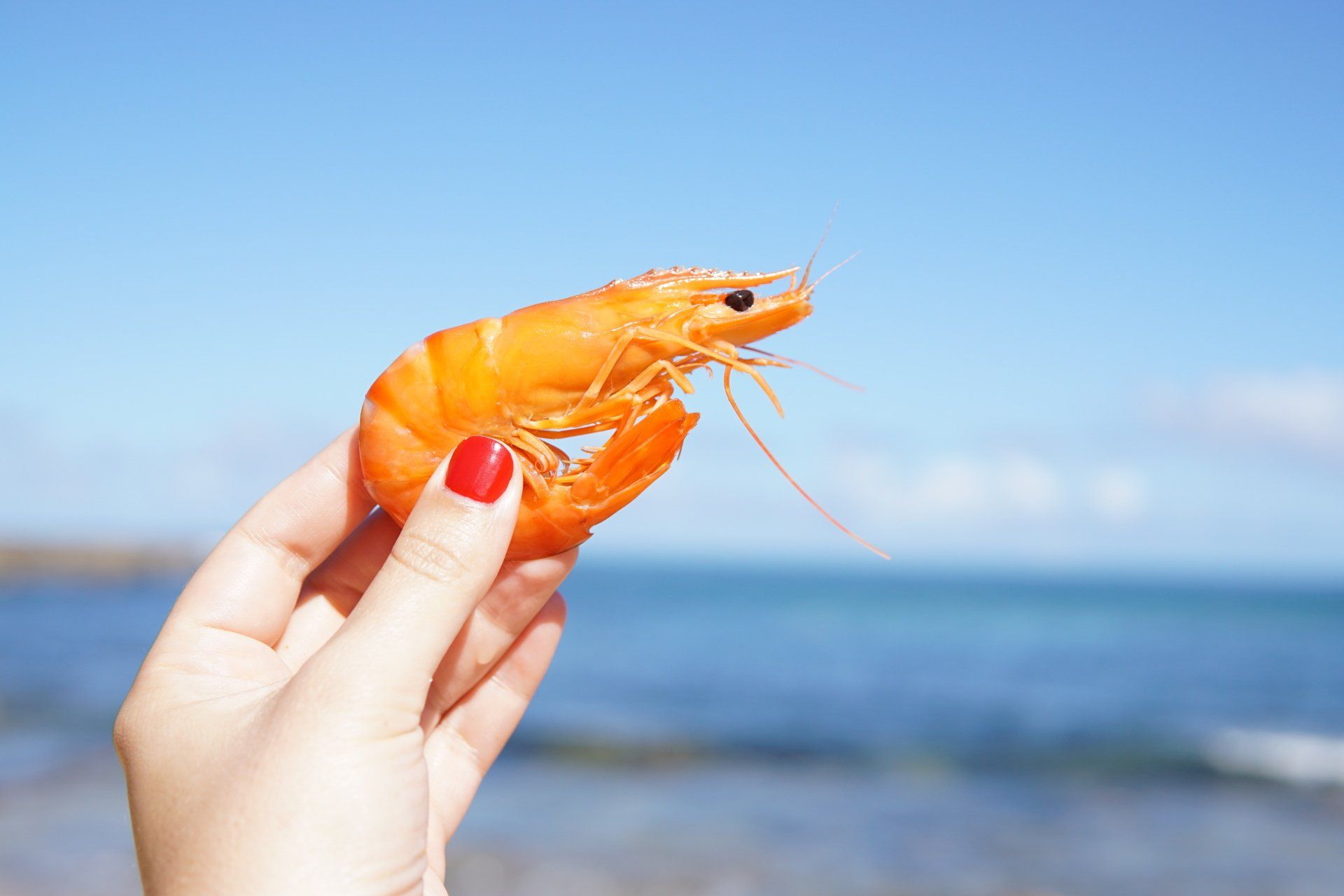Celebrating National Shrimp Day on the Gulf Coast
Exploring the Shrimp in the Gulf - White, Brown, Pink, Royal Reds & Rock

Orange Beach, Ala. – (OBA) – Each year on May 10th, seafood lovers celebrate National Shrimp Day, honoring one of America's favorite seafoods. Shrimp is the most popular seafood in the United States by volume, enjoyed grilled, fried, boiled, or baked. The day highlights the importance of shrimp to the culinary world as well as to coastal economies like those along the Gulf of America/Mexico.
Shrimp is one of the Gulf’s most valuable seafood resources, supporting both commercial fisheries and coastal economies. Under the Gulf of Mexico Shrimp Fishery Management Plan, the National Oceanic and Atmospheric Administration (NOAA) and the Gulf of Mexico Fishery Management Council manage the fishery to ensure sustainability and long-term success. Several types of shrimp dominate the Gulf's waters, each playing an important role in both the ecosystem and the seafood market.
Brown Shrimp
Brown shrimp (Farfantepenaeus aztecus) are one of the most abundant species found in the Gulf. They are typically harvested from June through October. Brown shrimp prefer muddy or soft-bottom habitats in shallow waters during their juvenile stages and gradually move offshore into deeper waters as they mature. They are highly prized for their robust flavor and are a major target of the Gulf shrimping industry.
White Shrimp
White shrimp (Litopenaeus setiferus) are another key species in the Gulf fishery. They generally have a lighter, milder flavor compared to brown shrimp, making them popular in various culinary dishes. White shrimp are often caught later in the season, from August through December. They thrive in areas with sandy or muddy bottoms, especially where there is ample marsh grass or other protective vegetation.
Pink Shrimp
Pink shrimp (Farfantepenaeus duorarum) are more common off the southern tip of Florida and into parts of the eastern Gulf. Known for their sweet, tender meat, pink shrimp are highly sought after by both domestic and international markets. Their peak season varies depending on location but generally includes winter and spring months. They prefer sandier bottom habitats compared to their brown and white counterparts.
Royal Red Shrimp
Royal red shrimp (Pleoticus robustus) live much deeper than the other major Gulf species, typically found at depths between 180 and 1,500 feet. These shrimp have a distinctive bright red color and a rich, lobster-like flavor, making them a premium offering on seafood menus. Because they inhabit deeper waters, royal red shrimp are harvested differently than shallow-water shrimp, often requiring specialized fishing gear.
Rock Shrimp
Rock shrimp (Sicyonia brevirostris) are not as well-known as other Gulf shrimp but have a unique place in the fishery. Their hard, rock-like shells make them tougher to process, but inside, their meat is sweet and firm. Rock shrimp are usually harvested off the east coast of Florida, although smaller populations exist in parts of the eastern Gulf.
Shrimp Management in the Gulf
The Gulf of Mexico Shrimp Fishery Management Plan was first developed in 1981 to maintain healthy shrimp stocks and protect the environment. Key strategies include managing fishing effort, monitoring juvenile shrimp populations, reducing bycatch, and protecting habitat critical for shrimp development. One significant conservation effort has been the use of Bycatch Reduction Devices (BRDs) and Turtle Excluder Devices (TEDs) on shrimping vessels, which help protect sea turtles and small fish populations.
Today, the Gulf shrimp fishery remains a cornerstone of American seafood production, supplying millions of pounds of shrimp annually while balancing ecological health and economic opportunity.
For more information, visit NOAA Fisheries - Gulf of Mexico Shrimp Fishery Management Plan.
Share this article w/ Friends...











